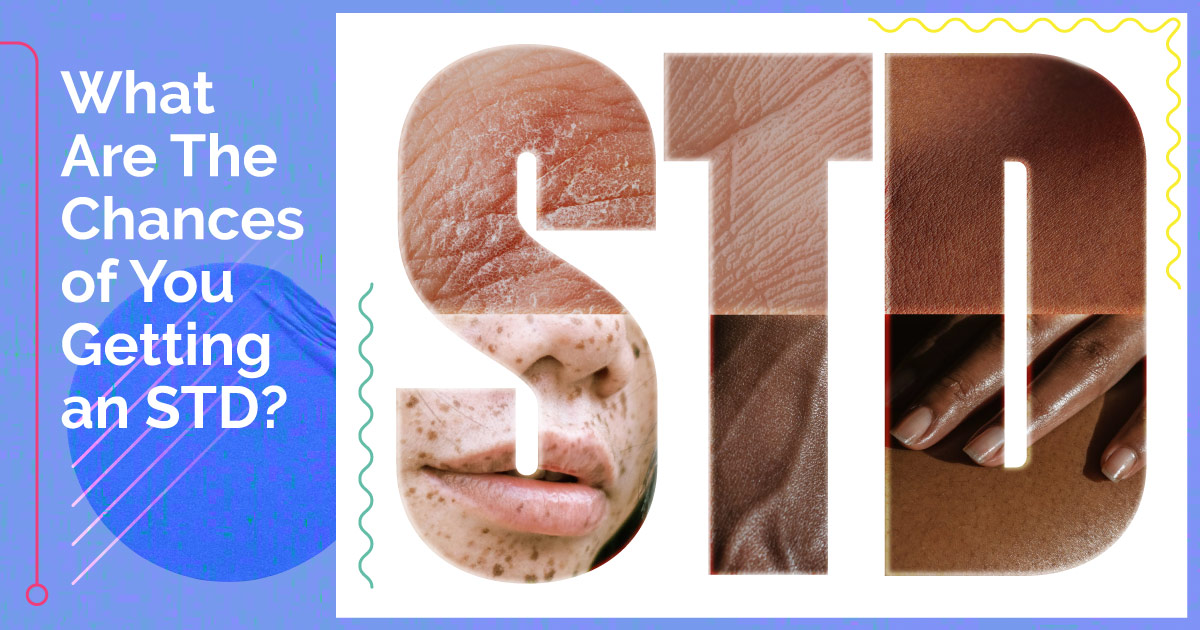Your med school interview is finally here. First of all, congrats on making it to the interview. Not everybody gets this far, so give yourself a pat on the back.
Until now, everything was sorted: your personal statement, MCAT score, and interview application. They liked you on paper.
But now, it all comes down to your first impression.
That’s why you’re being called for the interview. When it comes to making a lasting impression, your appearance always has a role to play. Imagine yourself walking into the interview room confident and composed. If you look professional, you have already aced the first half of the game.
Wanna make a lasting impression, too? Read this comprehensive medical school interview guide about what to wear to medical school interviews. Here, we have curated expert tips for male candidates appearing for a medical school interview this year.
Gentlemen, let’s dive in and make a professional impression on your interviewer:
1. Suit Up
A well-fitted suit is one of the wardrobe essentials for men. Opt for a classic navy or charcoal grey suit, which exudes professionalism and sophistication. Ensure the suit is tailored to your body type for a polished look. Avoid flashy colors or patterns that may distract from your credentials and personality.
2. Shirt Selection
Choose a crisp, solid-colored white or light blue dress shirt to complement your suit. Avoid loud patterns or vibrant hues that may seem unprofessional. Ensure that the shirt is clean, pressed, and fits you well. A button-down collar adds a touch of elegance and keeps your tie in place.
3. Tie It Together
A conservative tie can add a pop of personality to your ensemble while maintaining a professional appearance. Stick to classic patterns like stripes, dots, or subtle geometric designs. Opt for silk or silk-blend ties for a luxurious finish. Remember to match the width of your tie to the lapels of your suit jacket for a balanced look.
4. Shoe Game Strong
Your choice of footwear can elevate or detract from your overall outfit. Invest in a pair of well-polished, closed-toe black or brown leather dress shoes. Avoid sneakers, loafers, or overly casual footwear that may undermine your professional image. Ensure your shoes are comfortable, as you may be standing or walking during the interview.
5. Belt and Accessories
Coordinate your belt with the color of your shoes for a cohesive appearance. Opt for a simple leather belt with a classic buckle design. Keep accessories minimal and understated – a wristwatch and cufflinks, if any, should complement your outfit without distraction. Avoid excessive jewelry or accessories that may divert attention from your qualifications.
6. Grooming Matters
Groom yourself – hair neat, facial hair trimmed. Cut nails, use light fragrance. Look tidy and professional. It shows your attention to detail and respect for the interview.
7. Bag and Portfolio
Carry a sleek and professional briefcase or portfolio to hold copies of your resume, notepad, and pen. Avoid bulky backpacks or messenger bags that may appear unprofessional. A well-organized bag or portfolio reflects your preparedness and professionalism.
8. Comfort is Key
While dressing to impress is essential, comfort should not be overlooked. Opt for breathable fabrics that allow you to move comfortably during the interview. Ensure that your attire fits well and does not restrict your movements. Confidence is critical during interviews; being comfortable in your attire can boost your self-assurance.
9. Cultural Considerations
It’s essential to research the cultural norms of the institution or region where your interview is taking place. Some institutions may have specific dress codes or preferences regarding attire. Adhering to these guidelines demonstrates your respect for the institution and its values.
10. Practice Makes Perfect
Before the big day, conduct a trial run of your outfit to ensure everything fits well and looks polished. Pay attention to details like wrinkles, loose threads, or scuff marks on your shoes. Practice good posture and confident body language to complement your professional attire.
Closing Thoughts
In conclusion, men’s med school interview attire should convey professionalism, confidence, and attention to detail. A well-fitted suit, crisp dress shirt, conservative tie, polished shoes, and minimal accessories are essential elements of a professional ensemble.
Personal grooming and cultural considerations also play a crucial role in making a positive impression.
Remember, dressing to impress is not just about looking good; it’s about showcasing your readiness and commitment to the medical profession. So, suit up, step into those polished shoes, and confidently ace that interview!










